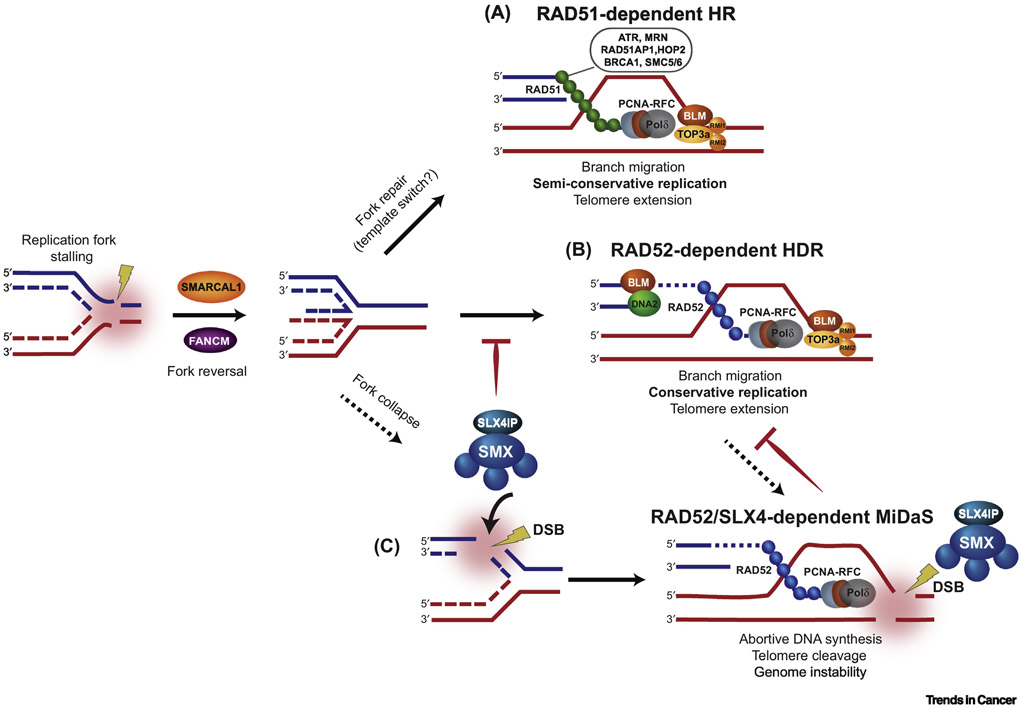FIGURE 3. HOMOLOGY DIRECTED REPAIR MECHANISM OF ALT.
Telomeres pose as a challenge for the replication machinery, leading to replication fork stalling. The stalled replication fork can undergo fork reversal and restart by SMARCAL1 and FANCM. Here, replication stress is relieved at telomeres and ALT activity is restrained. However, unresolved replication stress leads to fork collapse, which provides direct DSB substrates for ALT-mediated recombination and telomere synthesis by RAD51-dependent (A) and RAD52-dependent (B and C) mechanisms. (A) Rad51-dependent HR: HR components, such as ATR, MRN, RAD51AP1, HOP2, BRCA1, and SMC5/6, facilitate the loading of RAD51 onto a telomeric end for subsequent long-range homology search. This results in semi-conservative replication, in which both recipient and donor telomeric strands contain the original template and newly synthesized telomeric DNA. (B) RAD51-dependent HDR: BLM-DNA2 resect the telomeric end to initiate PCNA-RFC-Polδ-mediated DNA synthesis. The outcome is conservative replication, which leads to newly synthesized DNA on both strands of the recipient telomere. In (A) and (B), the BTR complex (BLM-TOP3A-RMI1/2) initiates telomere dissolution for long-tract ALT-mediated telomere synthesis. (C) RAD52/SLX4-dependent Mitotic DNA synthesis (MiDaS): SLX4IP can antagonize the BTR complex to favor SMX (SLX1-SLX4, MUS81-EME1)-dependent resolution. The SMX complex promotes resolution of telomeric recombination intermediates in the absence of telomere extension.

